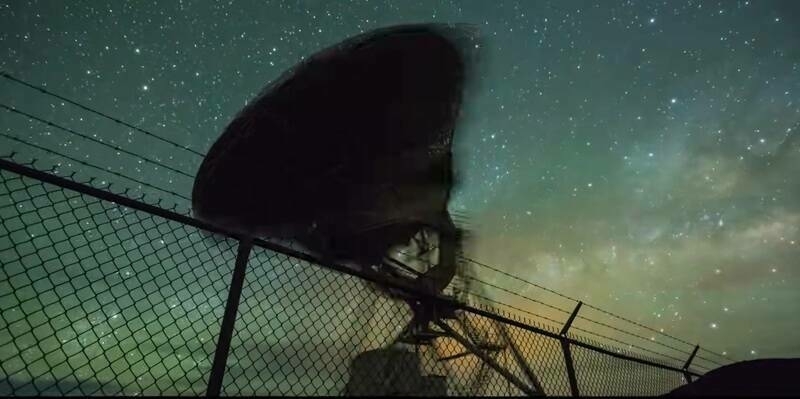The contract will be worth approximately €140m, and it is a continuation of a long and successful cooperation between SSTL and OHB-System AG, with the pairing having previously built 22 FOC satellites for the Galileo Constellation.
Gary Lay, SSTL’s Director of Navigation said “SSTL is delighted to have been selected to build the third batch of navigation payloads needed to complete the initial Galileo Constellation. I am confident that the OHB-SSTL solution offered the lowest risk and best value for money, and I believe that our selection as payload providers for the third time in succession demonstrates a high regard for our work.”
SSTL’s state-of-the-art Galileo FOC payload comprises different units including European sourced atomic clocks, navigation signal generators, high power travelling wave tube amplifiers and antennas. SSTL’s payload proposal for Batch 3 is for a recurrent build of the existing payload, with an evolution of the atomic clocks to incorporate advances made under the European GNSS Evolution Programme.
Fourteen of SSTL’s Galileo FOC navigation payloads are currently operational in orbit, with a further eight payloads already delivered to OHB for integration and test.
SSTL has been involved in the Galileo programme since 2003 with the design and build of GIOVE-A, Galileo’s pathfinder mission. GIOVE-A was launched in 2005 and is still operational today, providing valuable data about the radiation environment in Medium Earth Orbit. An experimental GPS receiver on board GIOVE-A is also used to map out the antenna patterns of GPS satellites for use in planning navigation systems for future high altitude missions in Geostationary orbit, and beyond into deep space.
Key facts:
- Galileo Full Operational Capability Works Order 1 for 14 satellites was placed with the OHB-SSTL team in 2010.
- Galileo Full Operational Capability Works Order 2 for 8 satellites was placed with the OHB-SSTL team in 2012.
- Operational Galileo satellites launches began in 2011 with system completion scheduled for 2020.
- The fully deployed Galileo system will consist of 24 operational satellites plus in-orbit spares, positioned in three circular Medium Earth Orbit (MEO) planes at 23 222 km altitude above the Earth, and at an inclination of the orbital planes of 56 degrees to the equator.
The Full Operational Capability phase of the Galileo programme is managed and fully funded by the European Union. The Commission and ESA have signed a delegation agreement by which ESA acts as design and procurement agent on behalf of the Commission.
Images: Galileo FOC payload under manufacture at SSTL and SSTL’s Galileo payload team with Payload #22, delivered in 2016
Subscribe to our newsletter
Stay updated on the latest technology, innovation product arrivals and exciting offers to your inbox.
Newsletter

